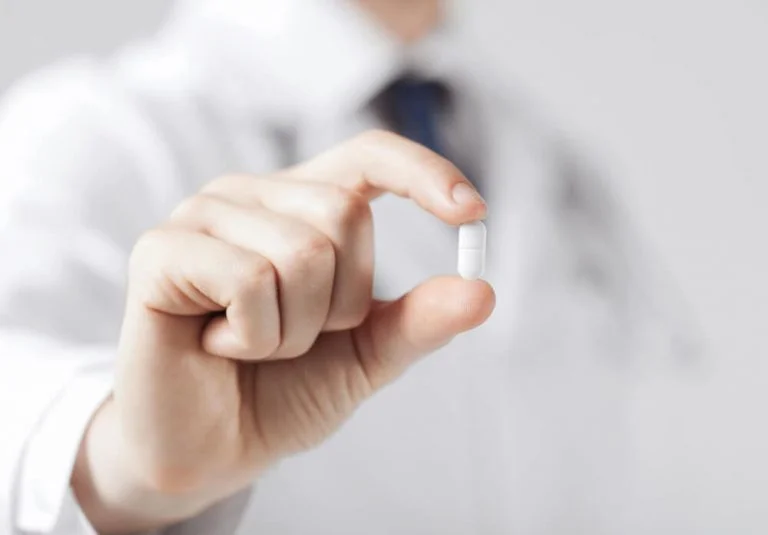Is Using Suboxone to Detox from Opiates Good?
When you’re preparing to start detoxing from opiates, there’s a lot of anxiety and fear that can be caused by worrying about future symptoms of withdrawals. Generally speaking, this leads many to consider treatment methods like using suboxone to detox from opiates, but that begs the question: is using suboxone to detox from opiates a good idea? Does it work? And are there risks?

Using Suboxone to Detox from Opiates: The Suboxone Opiate Withdrawal Protocol
To answer these questions, we first need to take a look at what exactly suboxone is, and how it is used to help patients detox.
What is Suboxone?
Suboxone is an approved medication generally used to treat withdrawal from opiates and other forms of drugs. It is generally prescribed as one of two forms of the drug buprenorphine, an opiate agonist originally used to treat chronic pain. Suboxone works by binding to the opioid receptors in the brain, similar to the process by which heroin, morphine, and other opiates bind to the brain as well.
The reason short term suboxone use for opiate withdrawal is effective, is because unlike heroin, methadone, and other opiates, it is a partial agonist. This means that in low doses it work the same as other opiates, binding to receptors and suppressing pain signals to the brain , but as dosages increase, it blocks the opioid receptor completely, stopping the stimulation caused by other opioids. This make short term suboxone use for opiate withdrawal ideal, because it can mitigate withdrawal symptoms while eliminating the worry that patients may abuse suboxone to similar effects as heroin or OxyContin.
What is the Suboxone Opiate Withdrawal Protocol?
When an addict makes the decision to quit using opiates, they will generally start to experience the withdrawal symptoms of opioids within a few hours. These withdrawal symptoms include uncomfortable side effects like sweating, nausea, muscle pain, insomnia, and anxiety amongst a host of other uncomfortable issues. However, when a patient elects to use short term suboxone use for opiate withdrawal, they are given suboxone once mild symptoms of opioid withdrawals present themselves. It is important that suboxone opiate withdrawal protocol is followed and that suboxone not be given until mild symptoms are shown, as suboxone can actually precipitate withdrawal symptoms if given too early. During the first day, the dosage is adjusted to a point where it suppresses the withdrawal symptoms. The goal is to virtually stop all withdrawal symptoms within the first 4 to 6 hours. Generally, the average length of use of suboxone is only 3-4 days, though some people might need it for 7-14 days, depending on their history and the intensity of their opiate use.
While suboxone and similar drugs, like subutex, are approved for maintenance treatments, a process similar to methadone clinics, suboxone opiate withdrawal protocol calls for patients to stop taking the drug once their withdrawal symptoms have passed. This is because most patients undergoing short term suboxone use for opiate withdrawal want to finish their treatment to go onto a life free and clear of all drugs. This means that maintenance treatment is off the table.
Is There a Risk of Addiction When Electing Short Term Suboxone Use for Opiate Withdrawal?
Generally speaking, one of the contributing factors that give a drug a high-risk of abuse is a short half-life and quick absorption to the brain. Suboxone has neither of these factors. It has an extremely long half-life when compared to other opioids, and it is absorbed slowly through the blood vessels under the tongue. This lowers the potential for abuse significantly, especially when compared to similar prescription opiates, for example Viconden, Percocet, and Oxycontin. In addition, the naloxone in suboxone prevents the drug from being used intravenously, further preventing potential for abuse.
All this being said, there is a potential for suboxone abuse, though it is rarely seen in cases where patients are withdrawing from harder, more addictive substances. Generally speaking suboxone abuse occurs in addicts who do not, or have never had, access to more easily abused opiates like those we previously mentioned.
How Successful is Short Term Suboxone Use for Opiate Withdrawal?
Suboxone and subutex prevent withdrawal symptoms in the vast majority of patients being treated for opiate addiction. Recent studies have shown that buprenorphine, the leading ingredient in suboxone, is 50-100% more effective than other available treatments, such as clonidine, and that a higher percentage of people who use buprenorphine completir withdrawal.
If you or a loved one has tried, unsuccessfully, to detox and are interested in a medically assisted detox program, call Better Addiction Care today at (800) 429-7690 and one of our knowledgeable addiction care specialists will help you find the right treatment plan for your needs.



